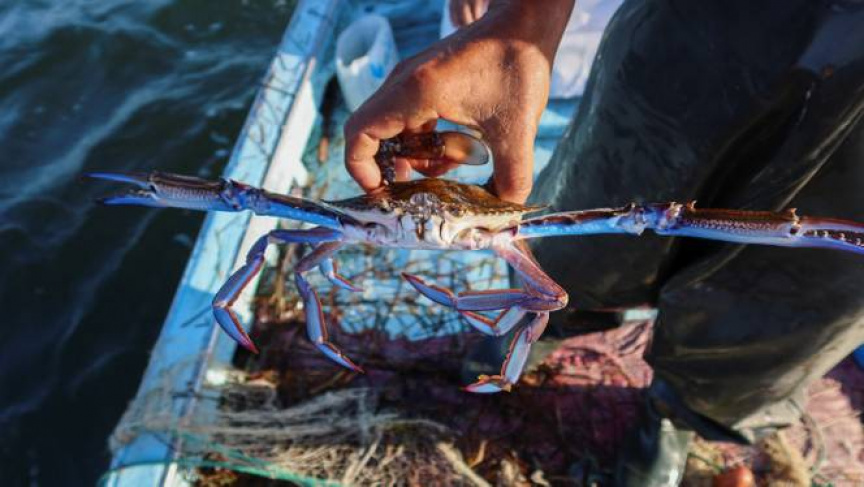
From rats, cats and mosquitoes to a rogue's gallery of plants, a major scientific assessment has catalogued more than 37,000 alien species worldwide, 10 percent of them classified as aggressively harmful or "invasive".
The intergovernmental science advisory panel for the United Nations Convention on Biodiversity (IPBES) published the findings in a report on Monday.
Humanity's growing population, economic growth, land-use change and the climate crisis "will increase the frequency and extent of biological invasions and the impacts of invasive alien species", the report said.
Only 17 percent of countries have laws or regulations to manage this onslaught, it said.
Whether by accident or on purpose, when non-native species wind up on the other side of the world, humans are to blame.
The spread of species is hard evidence that the rapid expansion of human activity has so radically altered natural systems as to tip the Earth into a new geological epoch, the Anthropocene, scientists say.
Colonial endeavors and accidental arrivals
The hyacinth that at one point covered 90 percent of Lake Victoria — crippling transport, smothering aquatic life, blocking hydroelectric dam intake and breeding mosquitoes — is thought to have been introduced by Belgian colonial officials in Rwanda as an ornamental garden flower before making its way down the Kagera River in the 1980s.
The Florida Everglades is teeming with the destructive offspring of erstwhile pets and house plants, from five-metre Burmese pythons and walking catfish to Old World climbing fern and Brazilian pepper.
In the 19th century English settlers brought rabbits to New Zealand to hunt and for food. When they multiplied like, well, rabbits, officials imported ferocious little carnivores called stoats to reduce their numbers.
But the stoats went after easier prey: dozens of endemic bird species that were soon decimated, from baby Kiwis to wrybills.
New Zealand and Australia — where a similar bad-to-worse saga involving rabbits unfolded — are "case studies" of how not to control one imported pest with another, Elaine Murphy, a scientist at New Zealand's Department of Conservation, told AFP.
More often, however, invasive species are accidental arrivals, hitching rides in the ballast water of cargo ships, the containers in their holds, or in a tourist's suitcase.
The Mediterranean Sea is full of non-native fish and plants, such as lionfish and killer alga, that journeyed from the Red Sea through the Suez Canal.
Now, there are basically three lines of defence, according to the report — prevention, eradication and then, failing that, containment.
__
Source: TRT